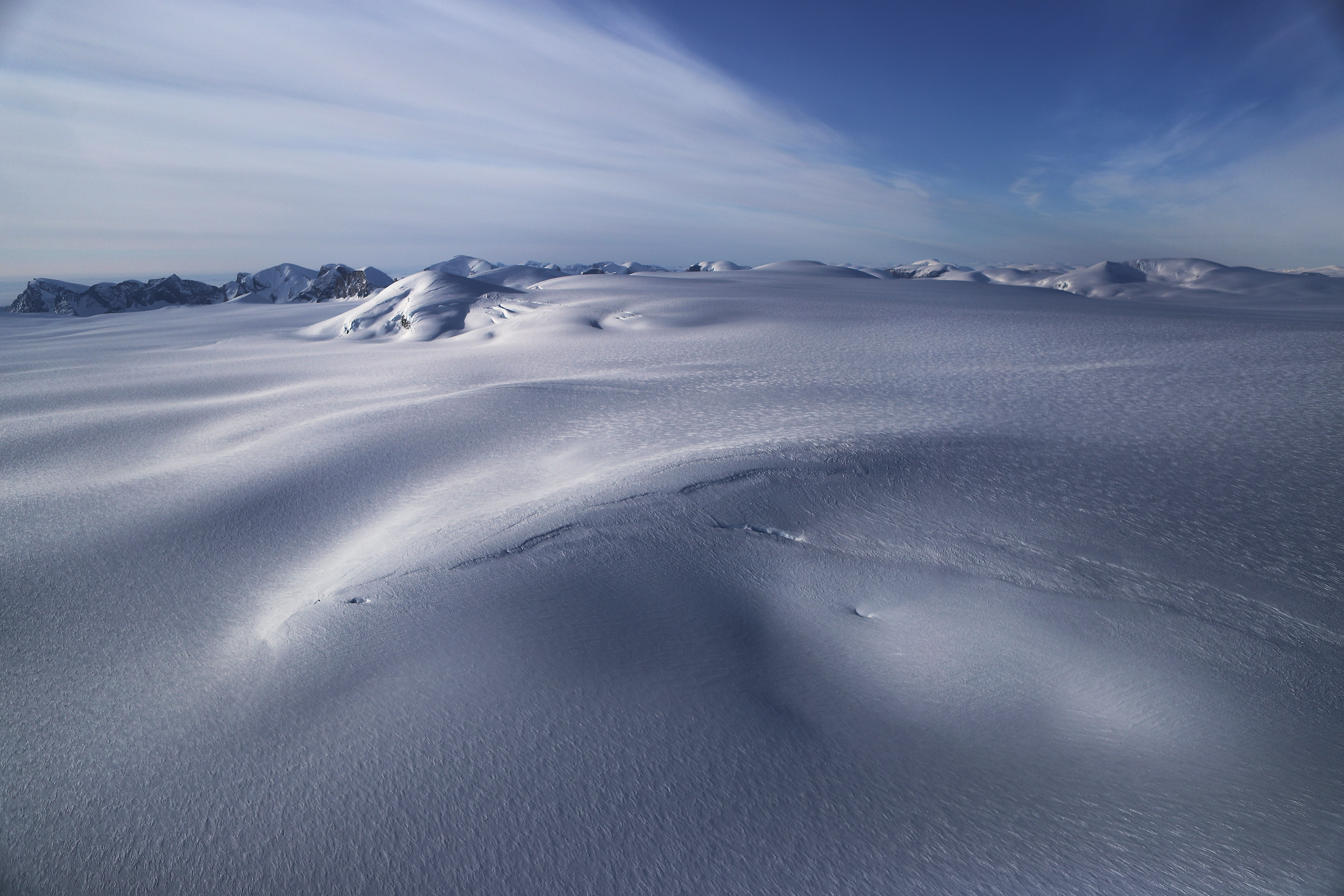Paris, France | AFP | Tuesday 12/11/2019 – 00:00 UTC+8
By: Bryan McManus
The melting of Greenland’s massive ice sheet is happening much faster than expected and could put millions more people at risk by the end of the century, scientists warned Tuesday.
Up to three kilometres thick (two miles) in some places, Greenland has lost 3.8 trillion tonnes of ice since 1992, enough on its own to add 10.6 millimetres (1.06 centimetres, 0.4 inches) to sea levels, according to a study in the journal Nature.
It showed that the rate of ice loss has risen from an average 33 billion tonnes per year in the 1990s to 254 billion tonnes in just three decades.
Many scientists fear that global warming driven by greenhouse gas emissions have pushed the ice sheets to a point of no return, with potentially catastrophic consequences for mankind.
The Intergovernmental Panel on Climate Change (IPCC) in 2013 gave a central forecast that if global warming continued, sea levels would rise 60 centimetres by 2100, putting 360 million people at risk of annual coastal flooding.
The latest study however shows that Greenland’s faster-than-expected ice losses are in line with the IPCC’s higher-end climate warming scenario which adds seven centimetres to that figure.
“As a rule of thumb, for every centimetre rise in global sea level another six million people are exposed to coastal flooding around the planet,” said co-author Professor Andrew Shepherd of Leeds University in the UK.
“On current trends, Greenland ice melting (alone) will cause 100 million people to be flooded each year by the end of the century, so 400 million in total due to all sea level rise,” Shepherd said.
“These are not unlikely events or small impacts; they are happening and will be devastating for coastal communities,” he added.
‘Huge concern’
Dr Louise Sime, a climate scientist at the British Antarctic Survey, said the findings “should be of huge concern for all those who will be affected by sea level rise.”
“If this very high rate of ice loss continues, it is possible that new tipping points may be breached sooner than we previously thought,” Sime added.
According to the study, half of the ice losses are due to surface melting, with the rest due to increased glacier flow triggered by rising ocean temperatures.
Ice losses peaked at 335 billion tonnes in 2011 — 10 times the rate of the 1990s — during a period of intense surface melting, it said.
The rate has since dropped to an average 238 billion tonnes per year, but this is still seven times higher than in the early 1990s and does not include all of 2019, which could set new highs due to widespread summer melting.
Study co-author Dr Erik Ivins of NASA’s Jet Propulsion Laboratory in California said the team’s satellite measurements “provide prima facie, rather irrefutable, evidence” of the changes taking place.
The report is the latest in a litany of warnings about the threat posed to the Antarctic and Greenland ice sheets from global warming.
Commenting on the findings, Guofinna Aoalgeirsdottir at the University of Iceland and lead author of the IPCC’s sixth assessment report, said the study was “timely.”
“Their satellite observations show that both melting and ice discharge from Greenland have increased since observations started,” Aoalgeirsdottir said, warning that 2019 was likely to be a record year for ice loss.
bmm/jj
© Agence France-Presse
Cover image: A section of the Greenland ice sheet is seen from NASA’s Operation IceBridge research aircraft along the Upper Baffin Bay coast on March 27, 2017 above Greenland. Greenland’s ice sheet is retreating due to warming temperatures. NASA’s Operation IceBridge has been studying how polar ice has evolved over the past nine years and is currently flying a set of eight-hour research flights over ice sheets and the Arctic Ocean to monitor Arctic ice loss aboard a retrofitted 1966 Lockheed P-3 aircraft. According to NASA scientists and the National Snow and Ice Data Center (NSIDC), sea ice in the Arctic appears to have reached its lowest maximum wintertime extent ever recorded on March 7. Scientists have said the Arctic has been one of the regions hardest hit by climate change. (Photo by Mario Tama/Getty Images/AFP)









































